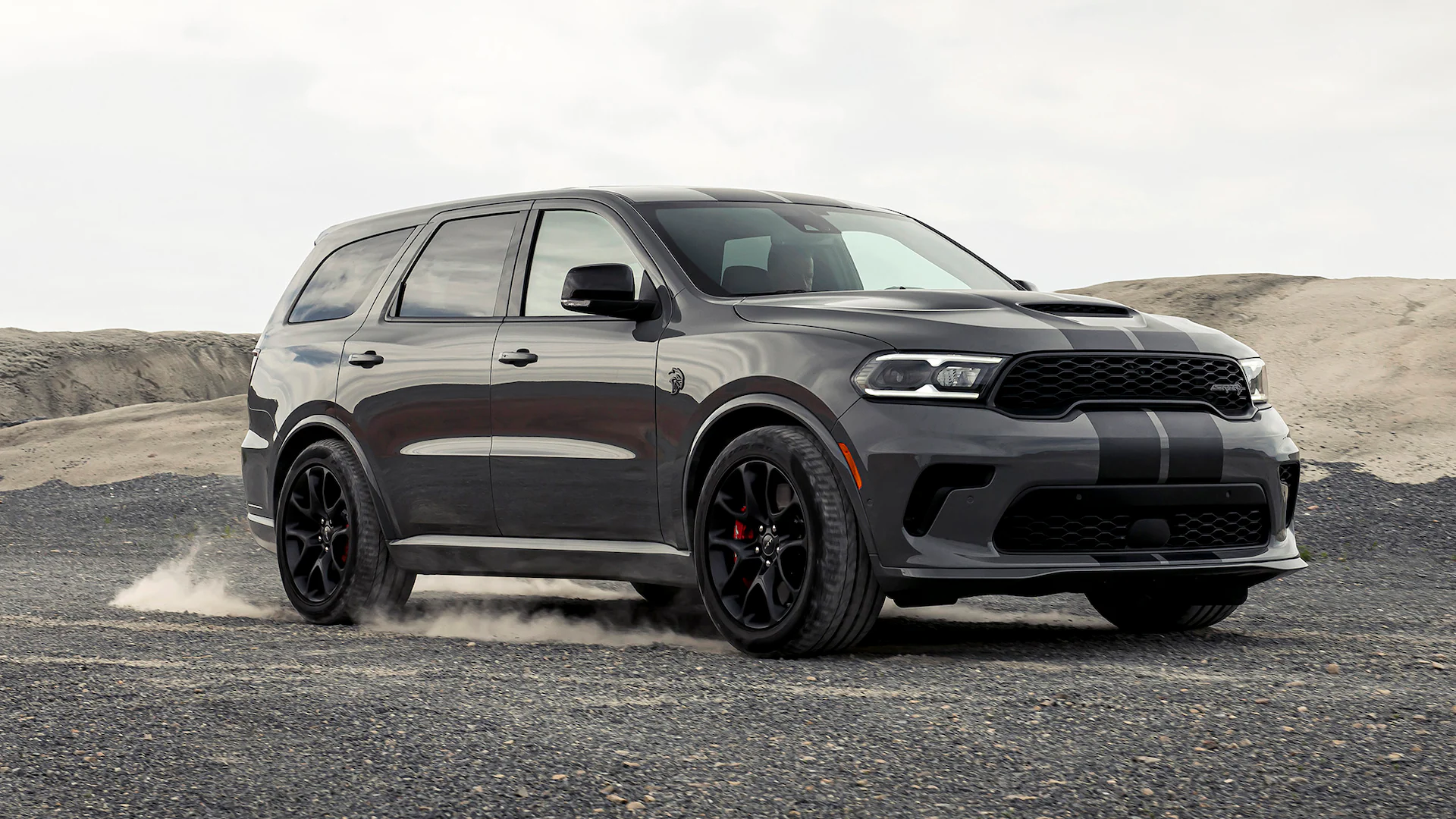Introduction
Do you know the difference between horsepower and torque? Do you know what each of them represent? I myself didn’t learn the answer to either of those questions until I had already been into cars for a few years. Albeit I was quite young when I first got into cars, so I give myself a pass for not realizing it immediately. I really became curious about the difference when I started taking my first physics courses in high school (the start of a much longer physics journey). Our discussion here will draw on some basic physics concepts, but don’t worry, I’ll explain everything. Though I would be lying if I said that a physics or engineering background wouldn’t help you out.
What is Torque?
Torque is a kind of force, specifically it is a rotational force, and a force is defined as either a push or pull on an object. To better understand this, picture yourself using a ratchet or wrench to tighten a nut onto a bolt. As you turn the ratchet it applies a rotational force to the nut, causing it to spin on the bolt. In this example the ratchet is applying torque to the nut. This is also where the phrase “torque it down” comes from.
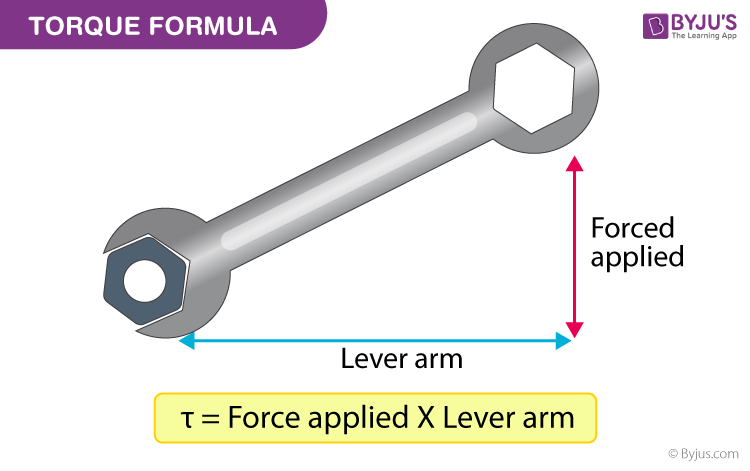
Now you’re probably wondering what all of this rotational non-sense has to do with engines. Luckily for you, that’s what my next paragraph is about.
Your engine is constantly rotating, that’s why you have a revolutions per minute, or RPMs, gauge in your car (at least on most cars). As fuel is injected and ignited, these explosions push the pistons down, which turn the crankshaft. The rotational motion of your crankshaft is then propagated to the wheels through your drivetrain, it will pass through your torque converter (read my article about torque converters here or watch the YouTube video here), transmission, driveshaft, differentials and so on, until it reaches the wheels. So the torque of an engine can be thought of as the rotational force that the engine exerts on the wheels.

This is why torque is often associated with towing capacity, imagine a car is stuck in snow and a pickup truck is trying to pull it out. In order to do this the pickup truck would need to exert a large amount of force on its wheels to get them to rotate and move forward with the dead weight of the car (assuming that traction isn’t an issue). This is why pickup trucks tend to have larger amounts of torque, and part of the reason why diesel motors are often found in bigger and stronger pickup trucks is because they tend to be able to produce more torque than most gas engines. As you can likely infer, this also has an impact on how quickly a car can accelerate. If an engine can generate a large amount of torque at a low RPM, it will be able to accelerate faster. This is because at low speeds, the engine is capable of exerting a large rotational force on the wheels, causing the car to move faster.

In the metric system, and most scientific applications, torque is measured in units of Newton-meters (Nm). Some of you may recall that forces are measured in units of Newtons, which is correct, but torque is a rotational force, it is a force applied through some rotational axis. Therefore, it is measured in units of force and distance, hence Newton-meters. However, in America torque is measured in units of lb-ft, or pound-feet and this has become pretty well accepted in the car community.
I’ll end this section off by saying that when interpreting torque numbers, you should care about both what the maximum torque is, and at what RPM it’s achieved. As I mentioned above, for a car to accelerate quickly you’d want it to both have a large amount of torque, and achieve peak torque at a low RPM. The 11th gen Civic Si (read my article about it here) makes peak torque at 1800RPM, which is great, but it only makes 192 lb-ft of torque. So it won’t feel like a fast car, and it really isn’t, but it will feel like it has a much bigger engine than it really does and still be surprisingly quick. This is because although there isn’t a lot of torque, it comes in very quickly. Now imagine what a large V8 engine could do, making easily double the torque of the Civic Si at low RPMs.
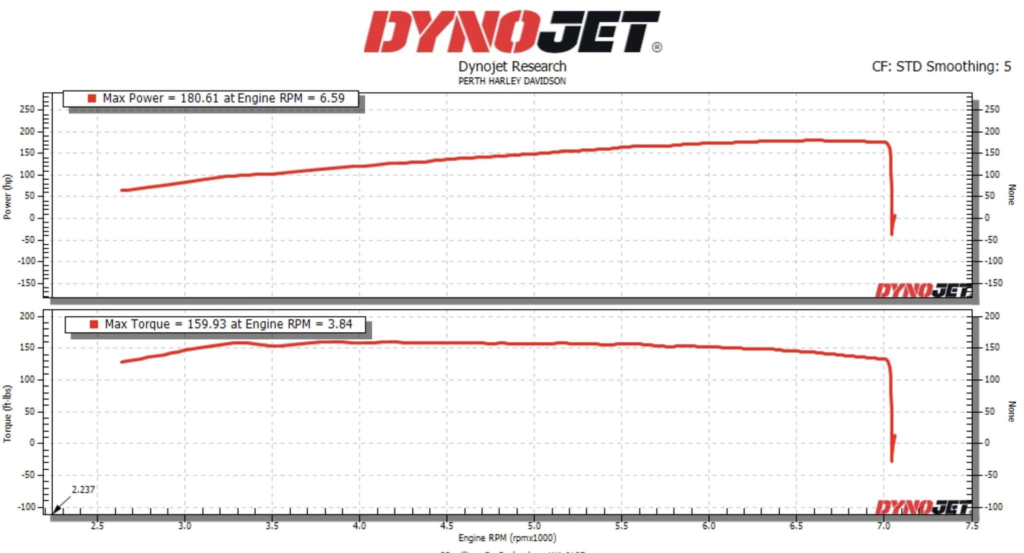
What is Horsepower?
Horsepower is a measure of power, and power represents the rate of change of “work” over time. Now work can be thought of as the application of a force through a distance, and before you attack me keyboard warriors, I know this isn’t the textbook accurate definition of work. I spent several years studying physics, but I’ve simplified this definition so that people without a physics or engineering background can understand.

Now with that out of the way, we can get back to talking about horsepower. So, in the context of engines, horsepower can be thought of as a measure of the engine’s ability to apply a force through a distance over a certain amount of time. In the metric system, power is measured in units of Watts and horsepower is usually measured in Watts or Pferdestarke, this is why Koenigsegg says that the One:1 produces a Mega-watt of power (read my article about the One:1 here or watch the YouTube video here). In America horsepower is measured in units of horsepower, one horsepower is approximately equivalent to 750 watts, or 550 ft-lb per second (which represents a force of 550lbs acting across one foot in one second).
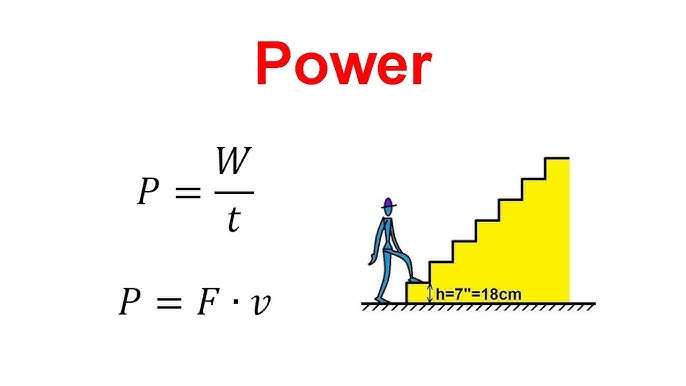
So, what does this mean in the context of engines? Horsepower is the rate at which torque is applied, or the rate at which torque does work. Torque can be thought of as the strength of a rotational force being applied to the wheels and horsepower can be thought of as how quickly that force is applied to the wheels. The last thing to consider is the time aspect, since horsepower is a measure of how quickly torque is applied, we need a time component. This time component comes in the form of your engine RPMs, thus horsepower is a function of both torque and RPMs. Horsepower can be computed through the following formula: HP = (Torque * RPMs)/5252. This equation states that if torque was constant throughout the powerband, the horsepower of the vehicle must rise as the RPMs rise as well.
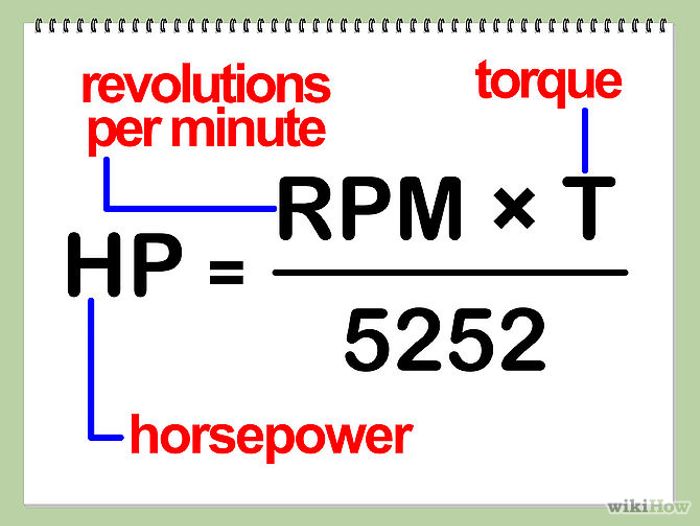
Now you likely realize that horsepower and torque are directly linked to the performance of an engine, neither of them can act independently. To consider the effects of one of them separately, you’d need to fix the other. If we had two cars with the same amount of torque, but one had more horsepower, the one with more horsepower would be able accelerate faster and reach a higher top speed (assuming weight, drivetrain and everything else other than horsepower is identical). This is because the car with more horsepower is able to generate and apply torque faster than the other car.
You’d want a towing vehicle to have low horsepower and high torque. This is because you don’t necessarily want to generate all of that torque as fast as possible, and they want to have a lot of torque at lower RPMs. Whereas sports cars will generally have higher horsepower and lower torque, as they aim to generate more power at higher RPMs. Now I need to say that there is much more to performance than what I’ve stated here, this is heavily simplified. Gear ratios, powerbands, weight, engine stroke and many other things play a role here.
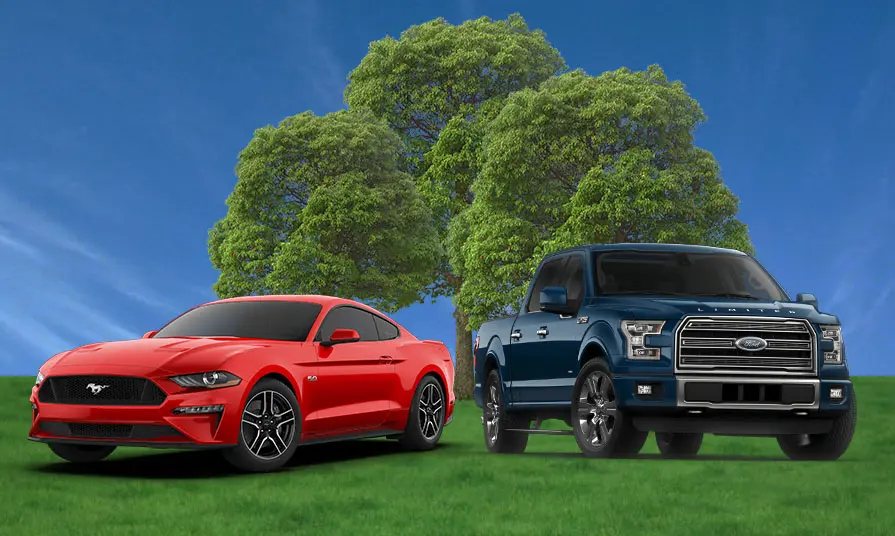
Conclusion
Alas, we are at the end of this article, but worry not my friends, another one will be up soon. As always, feel free to take a look around my blog at some of my other articles, email me (sharkzauto@gmail.com) or check me out on YouTube, Instagram or TikTok (@SharkzAuto).
Sources: J.D. Power, Kelly Blue Book, Tech Target, FordMuscle, YourMechanic, Study.com, Dan The Tutor, Cycle Improvements, Solution Ford


